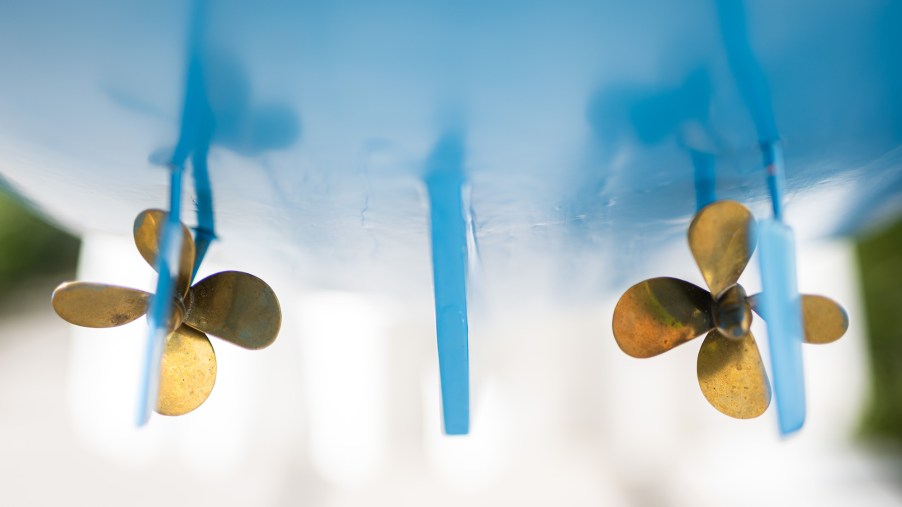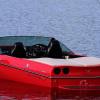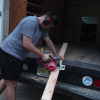
Choosing the Right Propeller for Your Boat Is Not Easy
When you think about boat propellers, the concept is pretty simple. The propeller rotates, forcing water in one direction and your boat in another. So choosing a propeller for your boat shouldn’t be hard. However, there’s more science to it than most realize and several factors to consider when selecting a propeller for your recreational water toy. Ultimately, it doesn’t matter if you’re into going fast, pulling skiers, or fishing in a quiet cove; you need your boat to be its best. If the goal is to operate your boat at its optimal performance level, picking the right propeller might be the key component. But it’s not as easy as you might think.
How a boat propeller really works
Let’s start with the basics of propellers. There’s a hub surrounded by blades of equal size and length. The edges are usually twisted proportionately. Most blades are designed to rotate clockwise, in a right-hand fashion, pushing water toward the rear of the craft as they move. Left-handed versions are used for those dual-engine installations and are paired with the clockwise varieties; they can help with boat stabilization. Understanding how propellers work seems basic and might give the impression that choosing one for your boat is an easy proposition. Alas, it’s not simply a spinning hub with blades.
What goes into choosing your perfect propeller?
You wouldn’t buy the wrong size tire for your car. Having the wrong tire or the wrong tread or the inappropriate air pressure would make the car wobble or, worse, cause irreparable damage to other parts. The same method of thinking applies to choosing the right propeller for your boat. How you use your boat will matter because waterskiing and fishing require different levels of performance. As Watersports Training shows, propellers are designed in myriad patterns to address power, speed, and efficiency at the various levels of boat and application.
Other factors to consider when purchasing a boat propeller
When you browse the available propellers to buy, you’ll notice there are two definitive numbers. One reflects the diameter (the first number), and the other describes the pitch (the second number). The diameter should be matched to the size of your boat. The pitch will help keep your engine within its ideal RPM operating range, according to Crowley Marine.
You’ll also want to consider the cupping or the trailing edge of each blade on the propeller. The cupping can be gradual or angled and describes the “bite” on the water or the propeller’s ability to grab and push water, Boat U.S. explains. Cupping matters if you need a quick acceleration or want to operate in shallow areas. Increased cupping is what speed enthusiasts talk about, and there are even more complicated variations based on twin-engine designs. But every boat can achieve its best performance with the right degree of all three of these measurements: diameter, pitch, and cupping.
If all else fails, start with what you know
Knowing how to find the right propeller for your boat can be difficult. If you’re still unsure which diameter, pitch, or cupping your propeller should be, start with what you know. Look at the existing propeller on your boat. Record those measurements and decide if your boat needs more power, speed, and efficiency or better capability in shallow water. Then, when choosing a new propeller, you can plan to make minor improvements over your old one.
You need your boat to perform well in every setting. And one of the best ways to ensure your engine power is harnessed to the max is pairing your boat and engine with the right propeller. Though it might seem like a simple concept, there’s a lot that goes into finding the perfect propeller.


